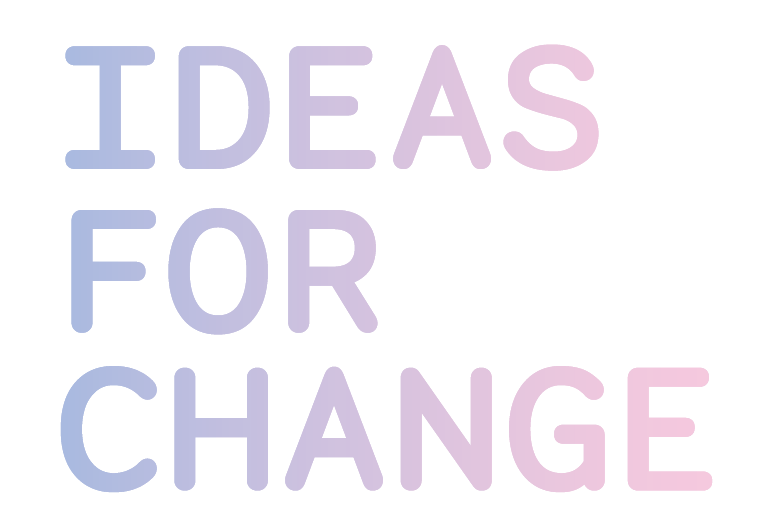10 ways to enhance a close and effective communication strategy on research projects
By Anna Higueras, Project Manager. (Originally published in English)
Setting up a research project and you don’t know how to get the most out of your communication? Worry not, here are 10 tips to assist you in designing a creative, effective and successful dissemination strategy. Let 's start!
1. An unmissable classic: find out who your audiences are.
Where are they, what do they talk about, what networks are their common territory? It is of little use to create large communication campaigns or invest in advertising if you do not know very well whose lives can change the result of your actions. What are your audience's concerns? Approach the communities, explain your ideas, be open to change your angles with their feedback. Ask, listen, be humble.
2. Learn from others that have been there before, if that’s the case.
Identify inspirational actions, campaigns, identities, opinion groups. Many times you can grow your strategy on top of what others have previously done.
3. Get in close contact with the current ecosystem, exploring what other projects and individuals are doing.
Meaningful alliances can help a lot to amplify your voice. Flourish with others. Collaborate with existing ideas, persons, technologies and tools. Synthesize key insights and practices from other successful initiatives and adopt complementary tones, develop allied communication actions (collaborative newsletters, joint events), and interaction activities.
4. Make your content understandable and easy to access.
Make it available to as many people (and not only people 🤖!) as possible. Create meaningful stories to reach attention, speak personal and closer to the audience. Think of segments who don’t easily reach the common channels, your channels. And something obvious that is often forgotten: don’t use too many acronyms!
5. Spread the word in a Do It Yourself/Do It With Others way.
Create a modular communication toolkit, easy to use, tinker, share, enlarge. This can for example include: an easy onboarding protocol for newcomers; tailored messages, resources and how-to-use guides for participants; open templates and design resources to be adapted by your audiences and communication partners, to name a few.
6. Get ready for the unexpected.
The COVID-19 pandemic has left many lessons learned about how important it is to have a plan B as part of the communication strategy. In-person events gone remote, headliners vanishing at the very last minute, a terrifying number of people online checking in but never showing up. Awful online apps and registration forms, general online fatigue. Now that we know that the quality and liveliness of online communication always affects the results, let's not do everything alone. Bring technology professionals on board to help deliver high-quality online events and applicatives. And also, let's not think of the audience as the people who will show up in time to attend events. Let’s create materials that can be revisited openly, commented, shared.
7. Creativity MODE ON.
Include an innovative image and branding that catches attention. Share vivid materials, animate your posts, your documents, your templates. The quality of visual materials and branding is key. And also the way you convey messages, questions, images. Avoid being boring.
8. Try to foster conversations, not just likes and comments.
It is of much more value to learn by talking and to explain your ideas for others to discuss, than to be blindly followed and never questioned by others.
9. Avoid only accomplishing your project Key Performance Indicator’s.
It is again positive changes, social and environmental impact that we want to trigger, not just results. A truthful and honest communication (after education, of course) is one of the most powerful ways to work for a better, greener, common future.
10. Openly share your knowledge to help and inspire others.
Everything you learn can be useful for others to grow on top of. Toolkits, playbooks, consultancy sessions on how to communicate effectively. LEGACY as a tool and a gift to ease others lives!
Keep reading:
Did you like this article?
Receive more content like this in your inbox!











